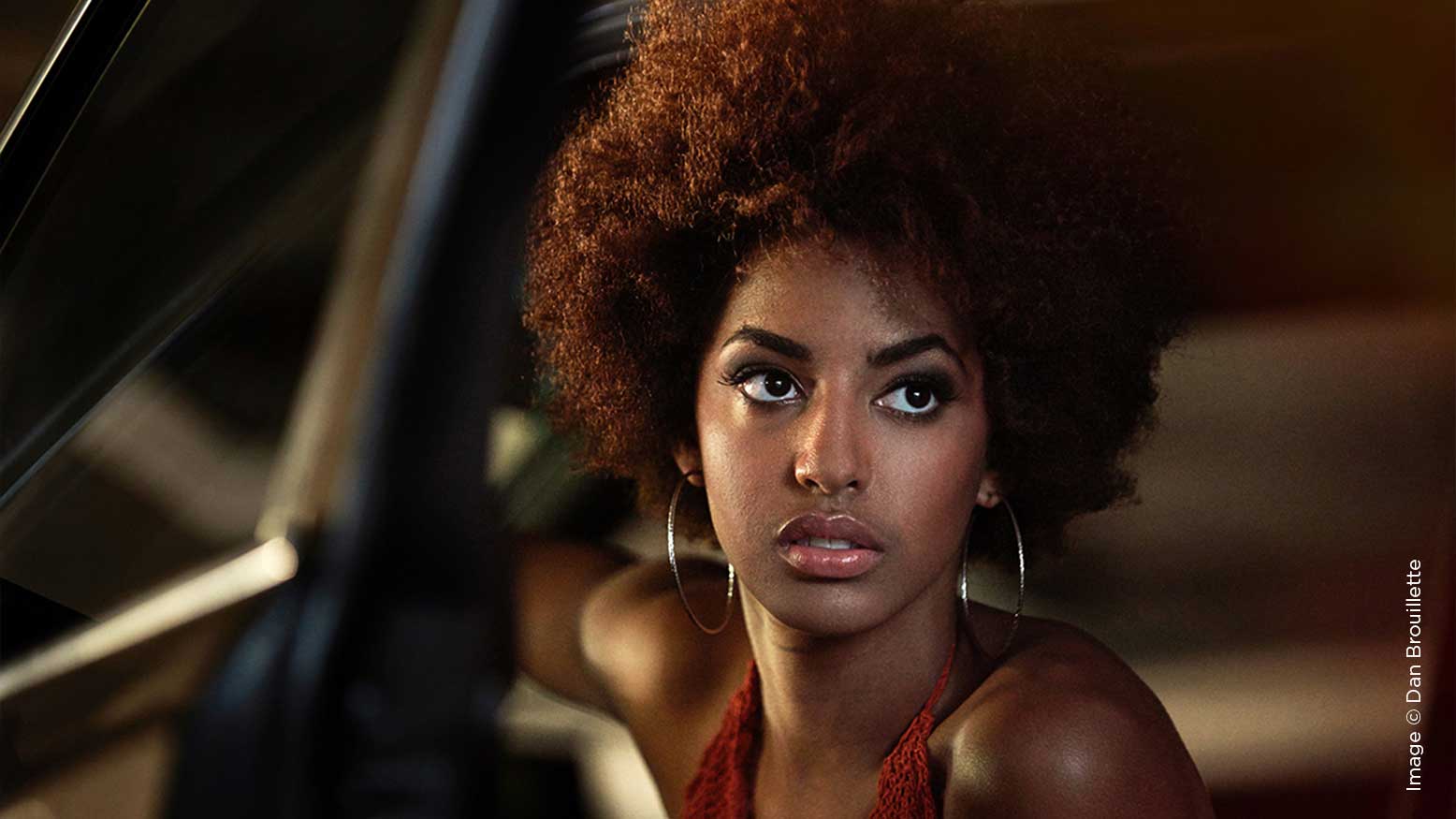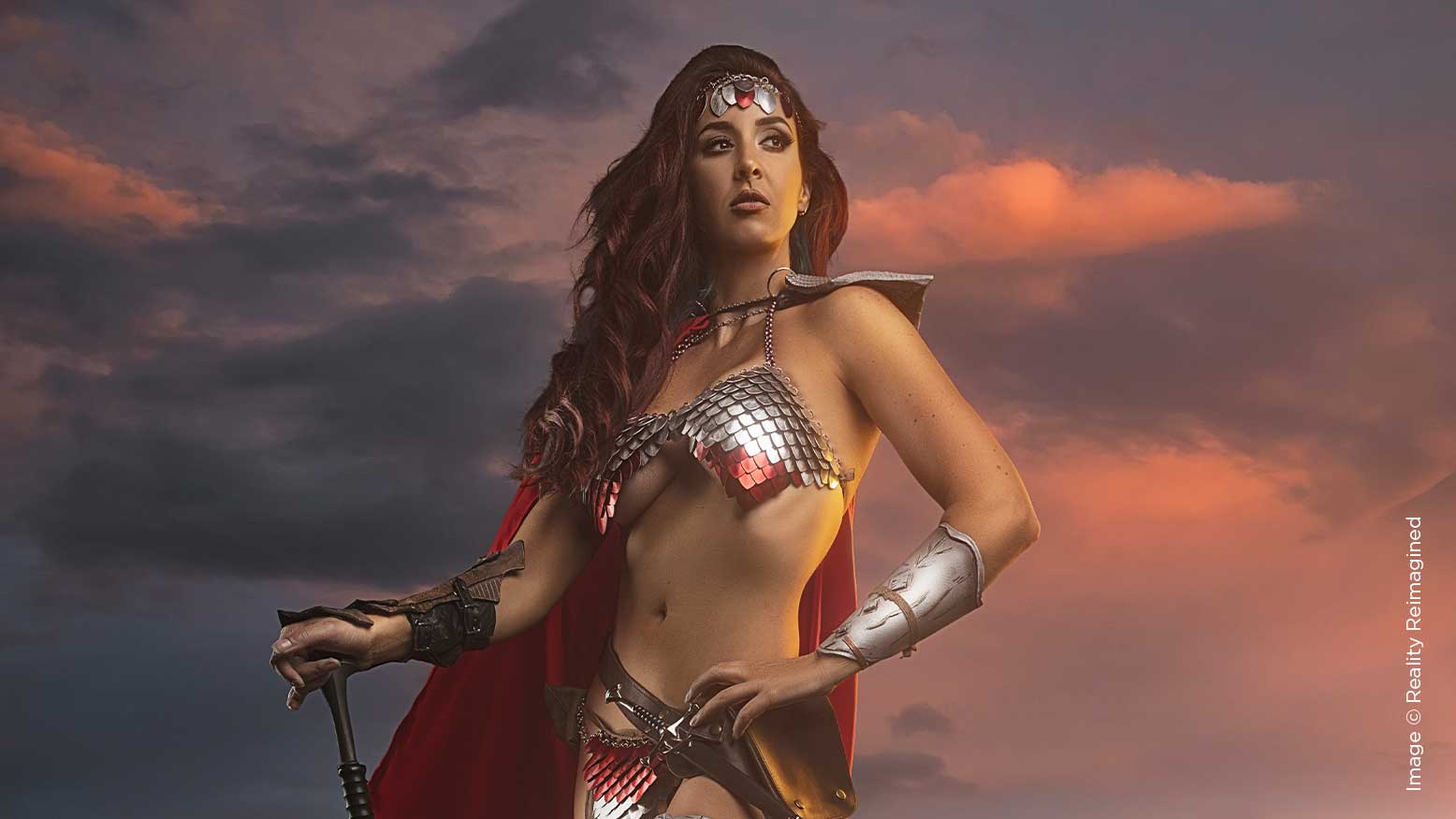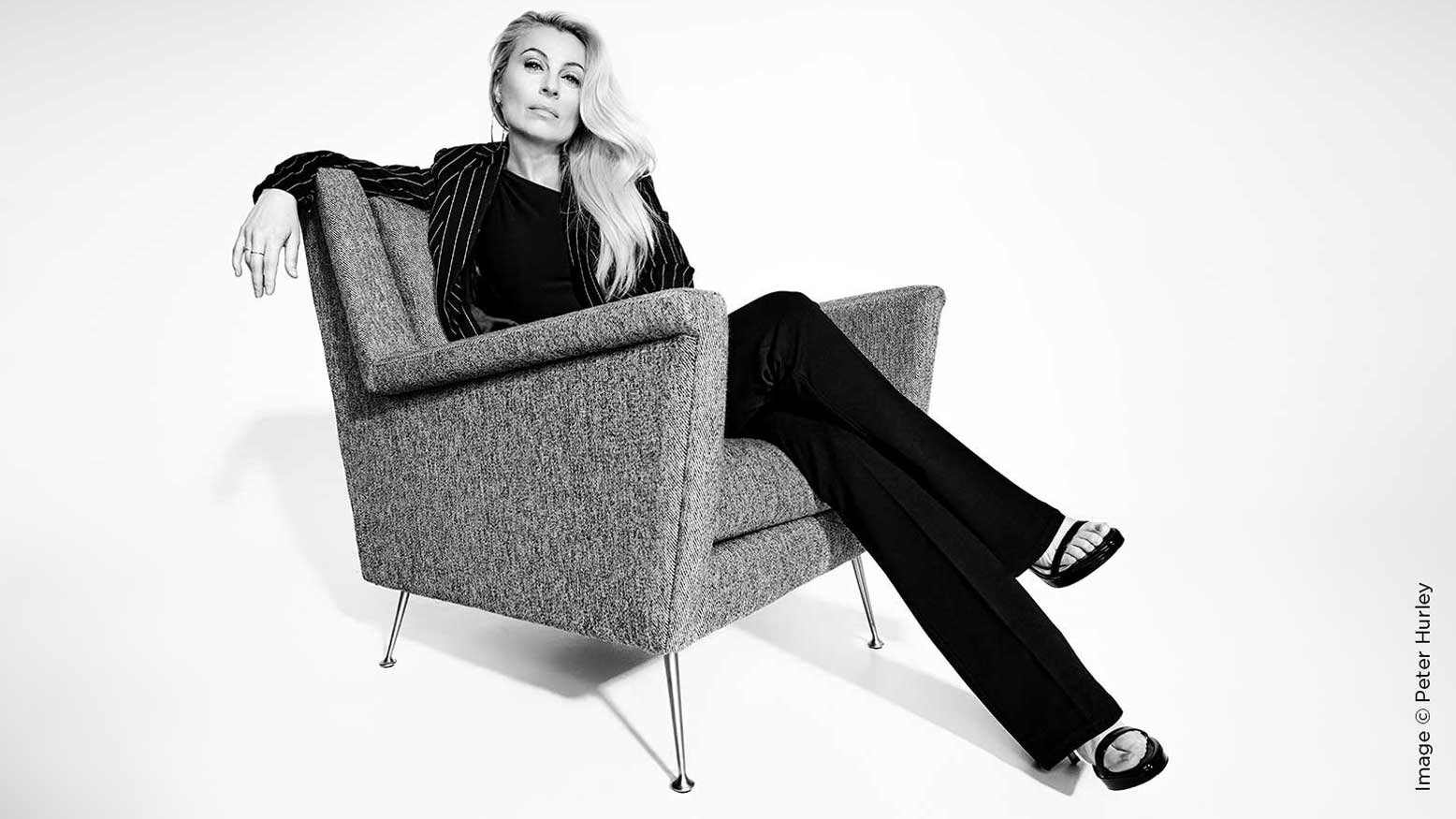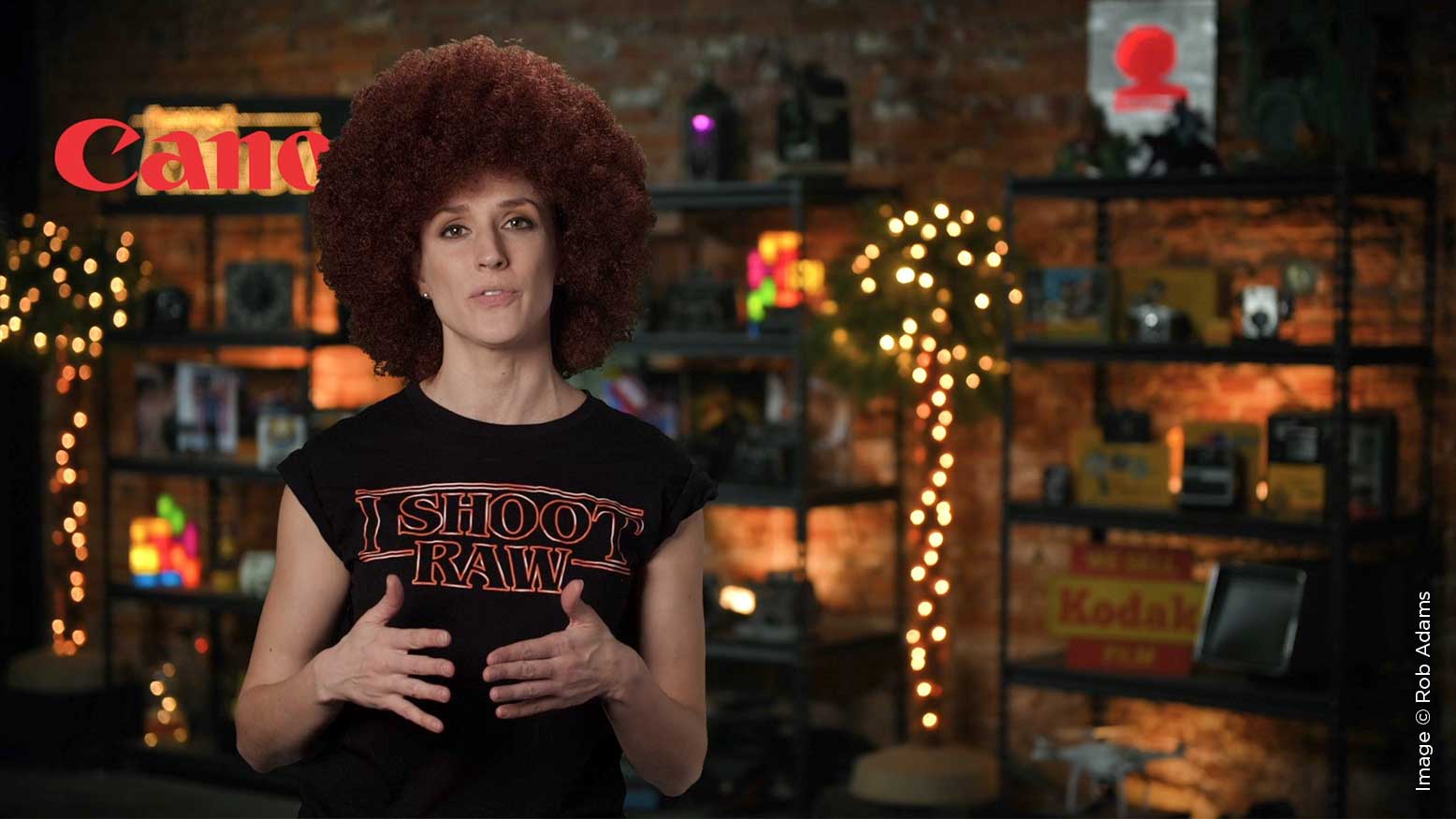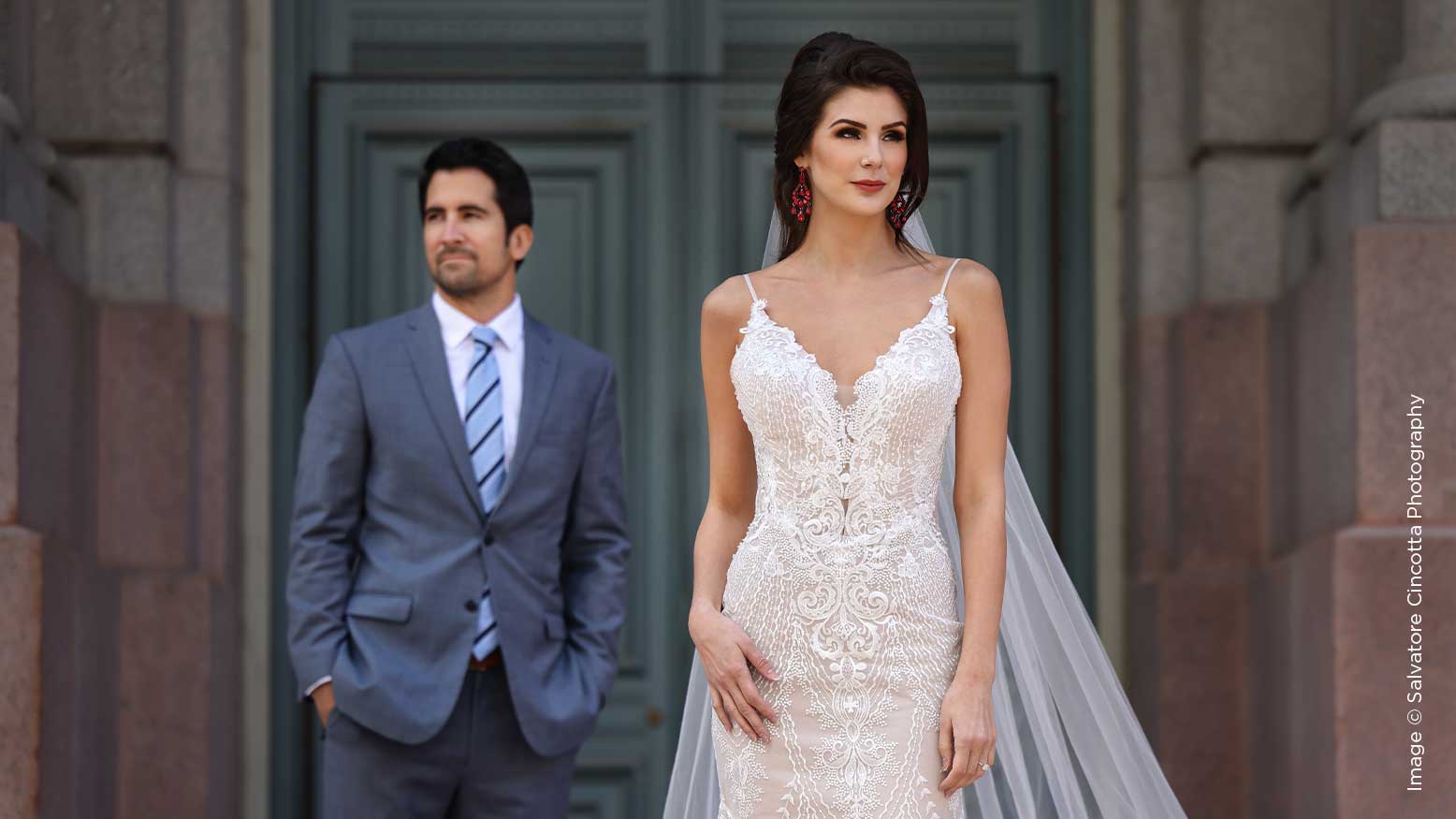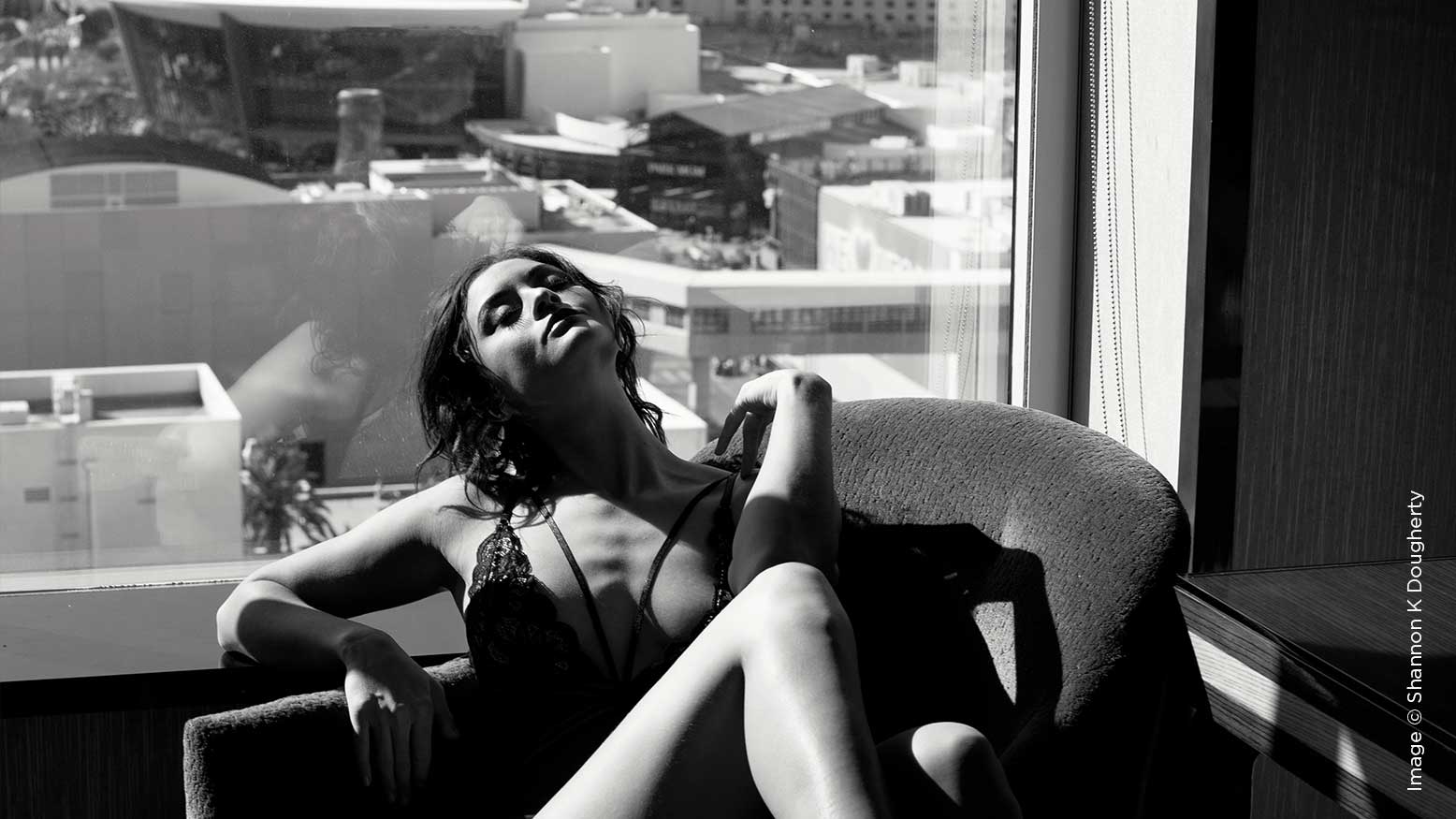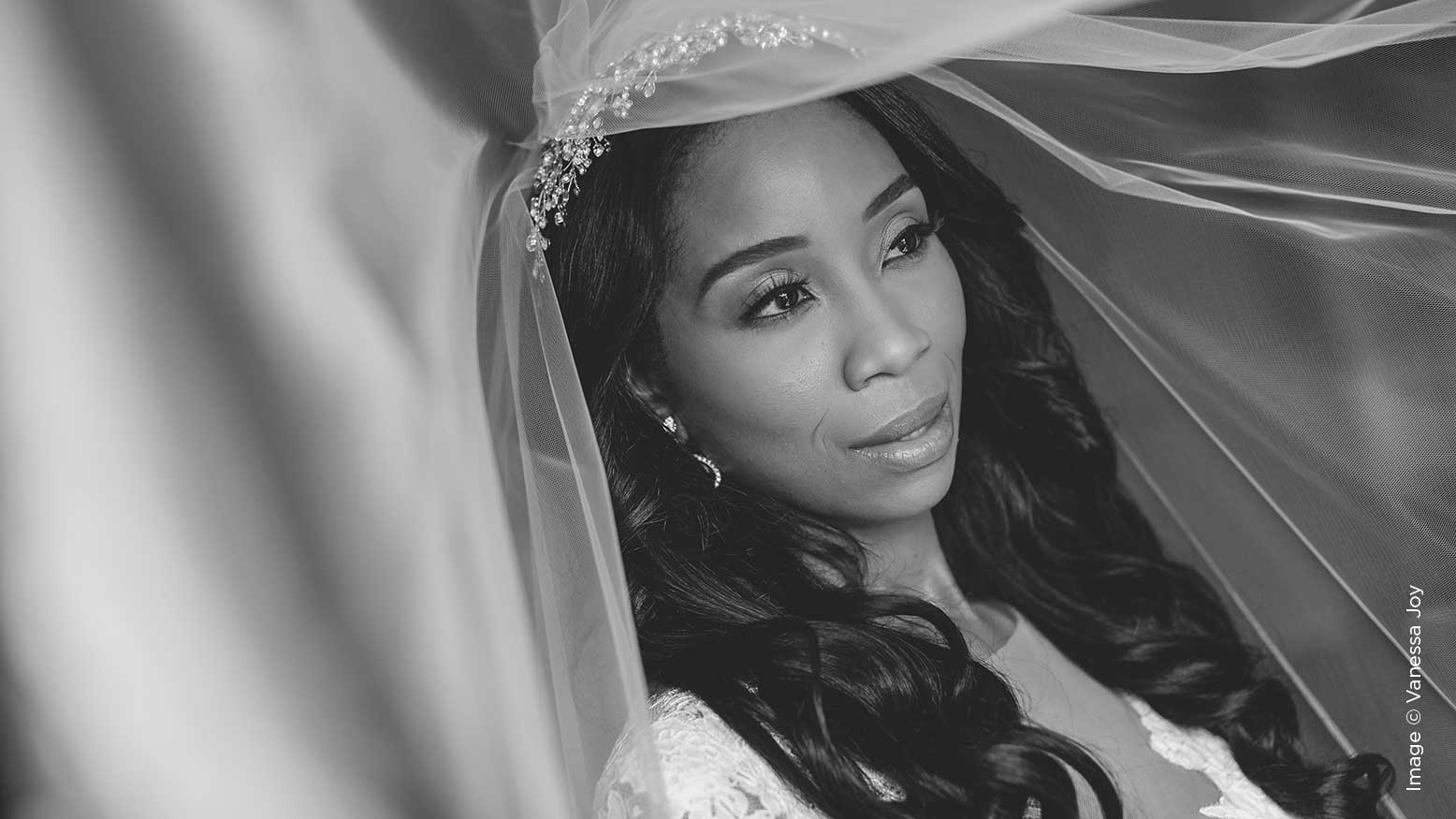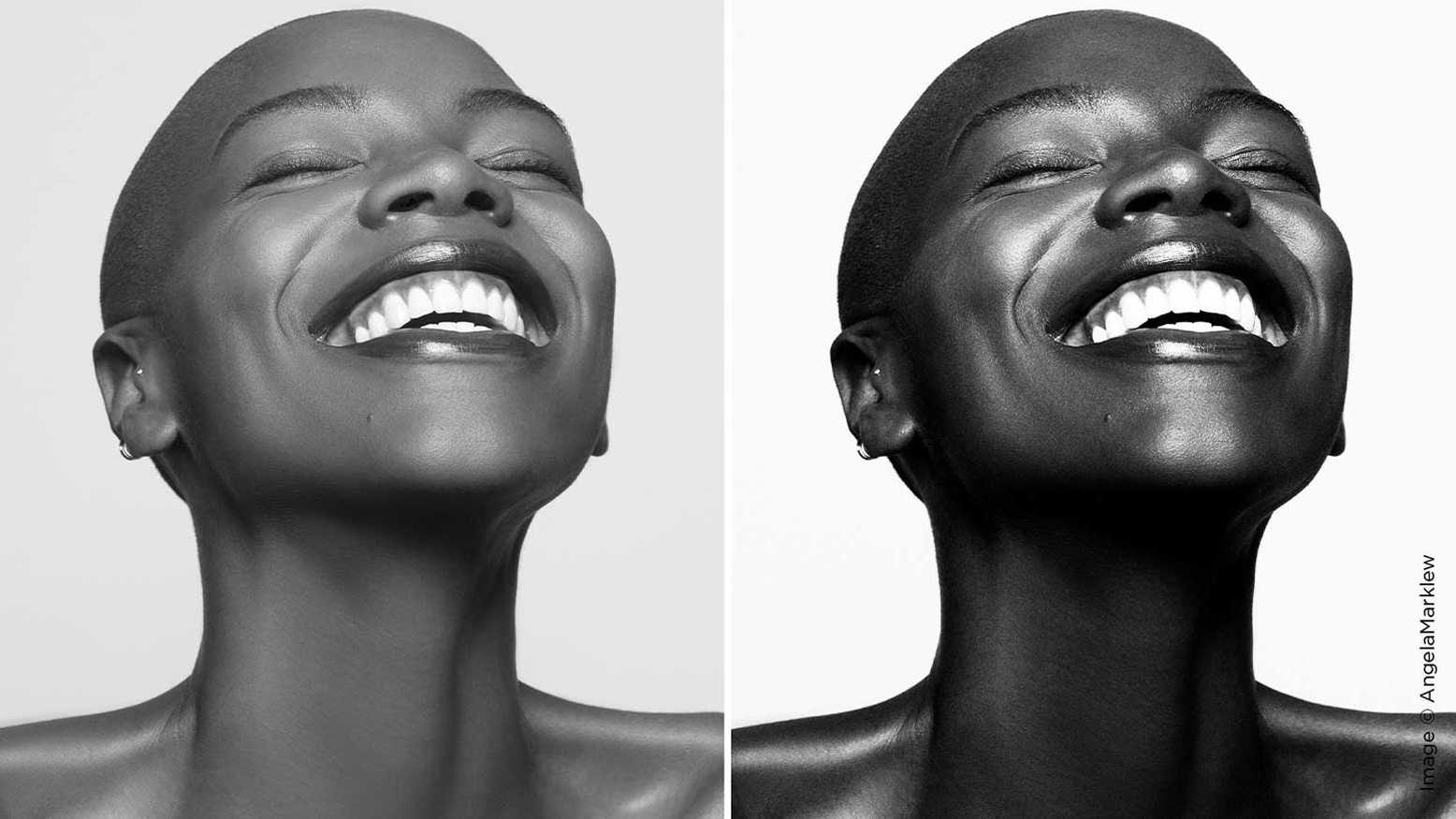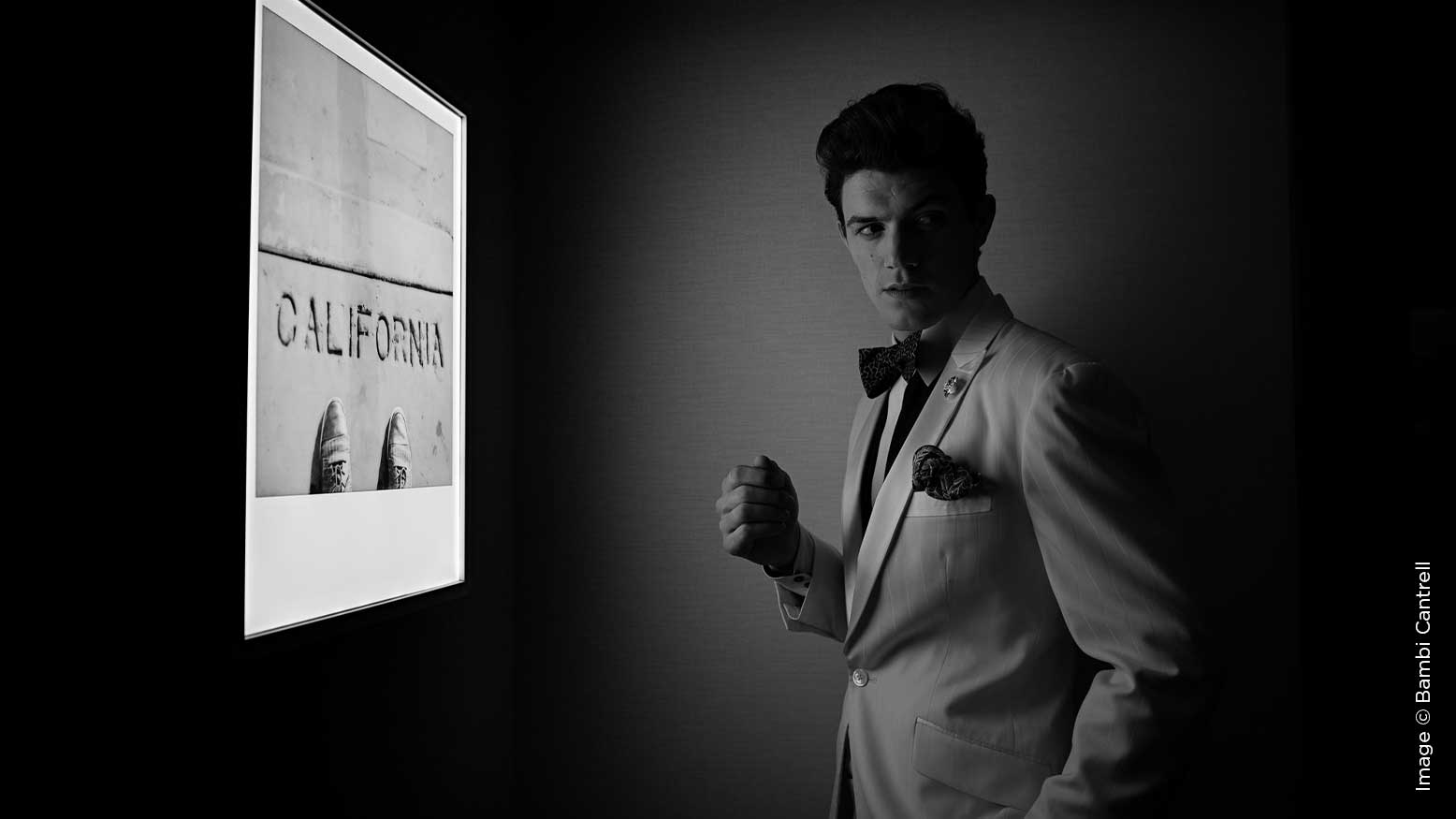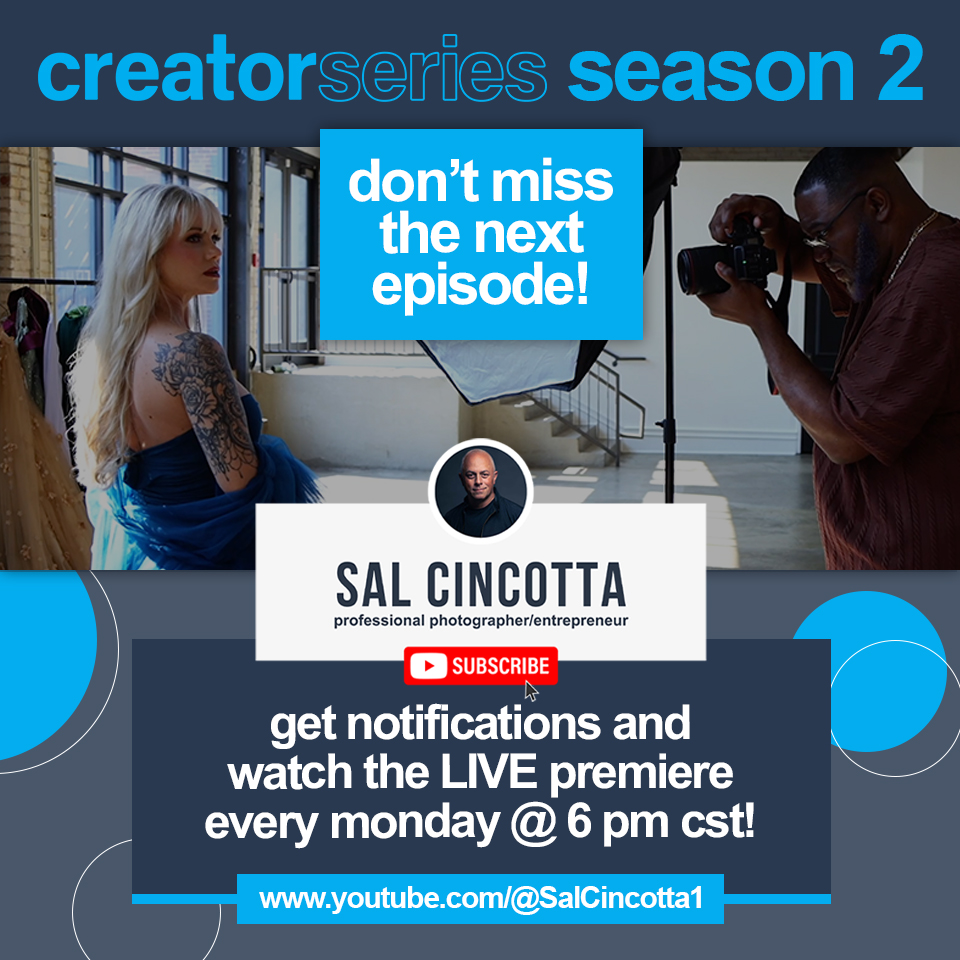Portrait Photography for High School Seniors
The key is to really think about how you can mix your style with their personality and create an image that not only satisfies those involved in the shoot but also elicits a response from the viewer. Once you have completed this "triangle" you have made something special.

